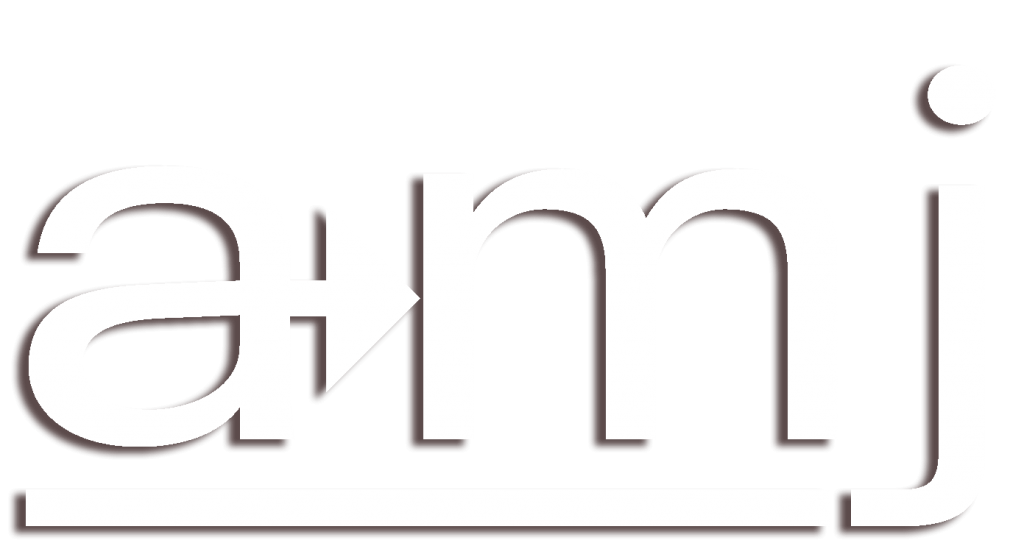
SAM ADVANCED MANAGEMENT JOURNAL
COVID-19 Pandemic: Communicating Social Interventions, and Enhancing Dissemination of Accurate Information
Gurumurthy Kalyanaram
Citation: Kalyanaram, G.,(2021). COVID-19 pandemic: Communicating social interventions, and enhanding dissemination of accurate information. SAM Advanced Management Journal, 86(3),38-46.
Abstract
The novel coronavirus COVID-19 pandemic has presented unique challenges to governments and citizens globally. The purpose of this study is to address the following two research questions. What can be the strategy in communicating/presenting the social intervention activities such as wearing a face covering, and decisions to close or re-open the economy and society to the public and what can be the strategy in increasing the odds of dissemination of accurate information, and combating false/inaccurate information about COVID-19 and/or vaccines? As a result of our critical review and analyses, we have identified the theorical grounding and managerial insights on how to strategize and communicate: (1) social interventions activities such as mandating face covering (e.g., use gains frame, and integrate the decisions); and (2) how to increase (enhance) the dissemination of accurate information, and decrease (attenuate) dissemination of false/inaccurate information (e.g., use “accuracy nudge.”). While the insights that we have presented in this manuscript are well supported by theory and empirical evidence (experimental data and/or real-world practice data and/or demonstrated robust applications), further empirical research would be very productive. The well supported insights have huge practical implications. This manuscript offers clear and practical strategies to present and implement social interventions more effectively. The insights also offer a practical road map for major decisions like reopening of the economy and society.
References
Bass, F. M. (1969). A new product growth for model consumer durables. Management Science, 15(5), 215–227. https://doi.org/10.1287/mnsc.15.5.215
Bavel, J. J. V., Baicker, K., Boggio, P. S., Capraro, V., Cichocka, A., Cikara, M., … Kitayama, S. (2020). Using social and behavioural science to support COVID-19 pandemic response. Nature Human Behaviour, 4(1), 460–471. https://doi.org/10.1038/s41562-020-0884-z
Cialdini, R. B., Demaine, L. J., Sagarin, B. J., Barrett, D. W., Rhoads, K., & Winter, P. L. (2006). Managing social norms for persuasive impact. Social Influence, 1(1), 3–15. https://doi.org/10.1080/15534510500181459
Dijkstra, A., Rothman, A., & Pietersma, S. (2011). The persuasive effects of framing messages on fruit and vegetable consumption according to regulatory focus theory. Psychology & Health, 26(8), 1036–1048. https://doi.org/10.1080/08870446.2010.526715
Gandhi, M., Beyrer, C., & Goosby, E. (2020). Masks do more than protect others during COVID-19: Reducing the inoculum of SARS-COV-2 to protect the wearer. Journal of General Internal Medicine, 35(10), 3063–3066. https://doi.org/10.1007/s11606-020-06067-8
Hameleers, M. (2021). Prospect Theory in Times of a Pandemic: The Effects of Gain versus Loss Framing on Risky Choices and Emotional Responses during the 2020 Coronavirus Outbreak – Evidence from the US and the Netherlands. Mass Communication and Society, 4, 479–499. https://doi.org/10.1080/15205436.2020.1870144
Kahneman, D., & Tversky, A. (1979). Prospect theory: An analysis of decision under risk. Econometrica, 47(2), 263–292. https://doi.org/10.2307/1914185
Kalyanaram, G., & Little, J. D. C. (1989). A price response model developed from perceptual theories. Working Paper 3038-89. MIT, Sloan School. Retrieved from http://dspace.mit.edu/bitstream/handle/1721.1/2257/SWP-3038-21668377.pdf
Kalyanaram, G., & Little, J. D. C. (1994). An empirical analysis of latitude of price acceptance in consumer package goods. Journal of Consumer Research, 21(3), 408–418. https://doi.org/10.1086/209407
Kalyanaram, G., & Mukherjee, A. (2020). The bass model: A parsimonious and accurate approach to forecasting mortality caused by COVID-19. International Journal of Pharmaceutical and Healthcare Marketing, 14(3), 349–360. https://doi.org/10.1108/ijphm-06-2020-0056
Kalyanaram, G., & Winer, R. S. (1995). Empirical generalizations from reference price research. Marketing Science, 14(3), G161–G169. https://doi.org/10.1287/mksc.14.3.g161
Lewandowsky, S., Ecker, U. K. H., Seifert, C. M., Schwarz, N., & Cook, J. (2012). Misinformation and its correction. Psychological Science in the Public Interest, 13(3), 106–131. https://doi.org/10.1177/1529100612451018
Nekmat, E. (2020). Nudge effect of fact-check alerts: Source influence and media skepticism on sharing of news misinformation in social media. Social Media + Society, 6(1), 205630511989732. https://doi.org/10.1177/2056305119897322
Oraby, T., Thampi, V., & Bauch, C. T. (2014). The influence of social norms on the dynamics of vaccinating behaviour for paediatric infectious diseases. Proceedings of the Royal Society B: Biological Sciences, 281(1780), 20133172. https://doi.org/10.1098/rspb.2013.3172
Pennycook, G., McPhetres, J., Zhang, Y., Lu, J. G., & Rand, D. G. (2020). Fighting COVID-19 misinformation on social media: Experimental evidence for a scalable accuracy-nudge intervention. Psychological Science, 31(7), 770–780. https://doi.org/10.1177/0956797620939054
Rimal, R. N., & Storey, J. D. (2020). Construction of meaning during a pandemic: The forgotten role of social norms. Health Communication, 35(14), 1732–1734. https://doi.org/10.1080/10410236.2020.1838091
Rogers, E. M. (1962). Diffusion of innovations. New York: Free Press.
Rogers, E. M. (2003). Diffusion of innovations (5th ed.). New York: Free Press.
Roseman, I. J. (1991). Appraisal determinants of discrete emotions. Cognition & Emotion, 5(3), 161–200. https://doi.org/10.1080/02699939108411034
Rothman, A. J., & Salovey, P. (1997). Shaping perceptions to motivate healthy behavior: The role of message framing. Psychological Bulletin, 121(1), 3–19. https://doi.org/10.1037/0033-2909.121.1.3
Sanders, M., Stockdale, E., Hume, S., & John, P. (2020). Loss aversion fails to replicate in the coronavirus pandemic: Evidence from an online experiment. Economics Letters, 199, 109433. https://doi.org/10.1016/j.econlet.2020.109433
Tagliabue, F., Galassi, L., & Mariani, P. (2020). The “pandemic” of disinformation in COVID-19. SN Comprehensive Clinical Medicine, 2, 1287–1289. https://doi.org/10.1007/s42399-020-00439-1
Thaler, R. (1985). Mental accounting and consumer choice. Marketing Science, 4(3), 199–214. https://doi.org/10.1287/mksc.4.3.199
Thaler, R. H., & Sunstein, C. R. (2008). Nudge: Improving decisions about health, wealth, and happiness. New York. N.Y.: Penguin Books.
Varmus, H. (2020). The world doesn’t yet know enough to beat the coronavirus. Retrieved from The Atlantic website: https://www.theatlantic.com/ideas/archive/2020/05/lack-testing-holding-science-back/611422/
Vosoughi, S., Roy, D., & Aral, S. (2018). The spread of true and false news online. Science, 359(6380), 1146–1151. https://doi.org/10.1126/science.aap9559
Walasek, L., Mullett, T. L., & Stewart, N. (2018). A Meta-Analysis of Loss Aversion in Risky Contexts. SSRN Electronic Journal. https://doi.org/10.2139/ssrn.3189088
World Health Organization. (2020). Behavioural considerations for acceptance and uptake of COVID-19 vaccines: WHO technical advisory group on behavioural insights and sciences for health. In World Health Organization (pp. 1–11). Retrieved from World Health Organization website: https://apps.who.int/iris/handle/10665/337335.
